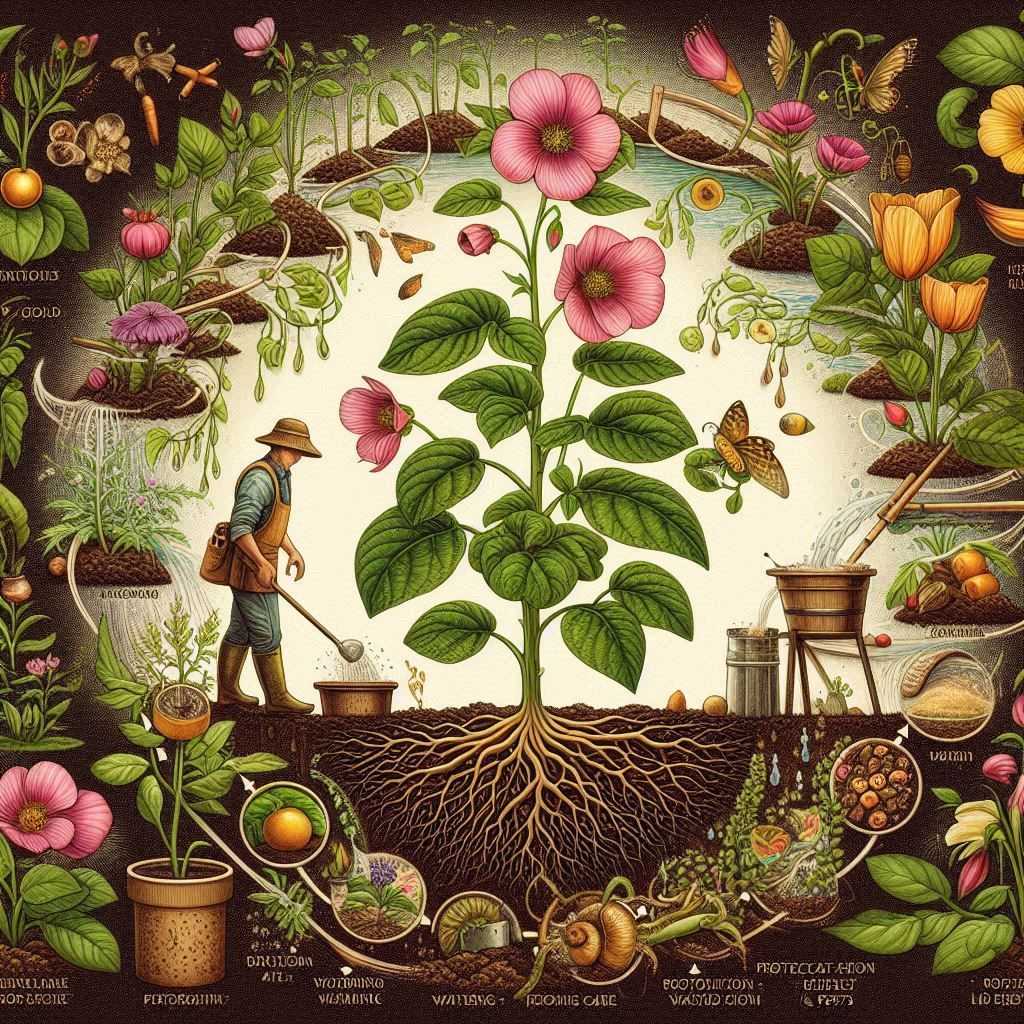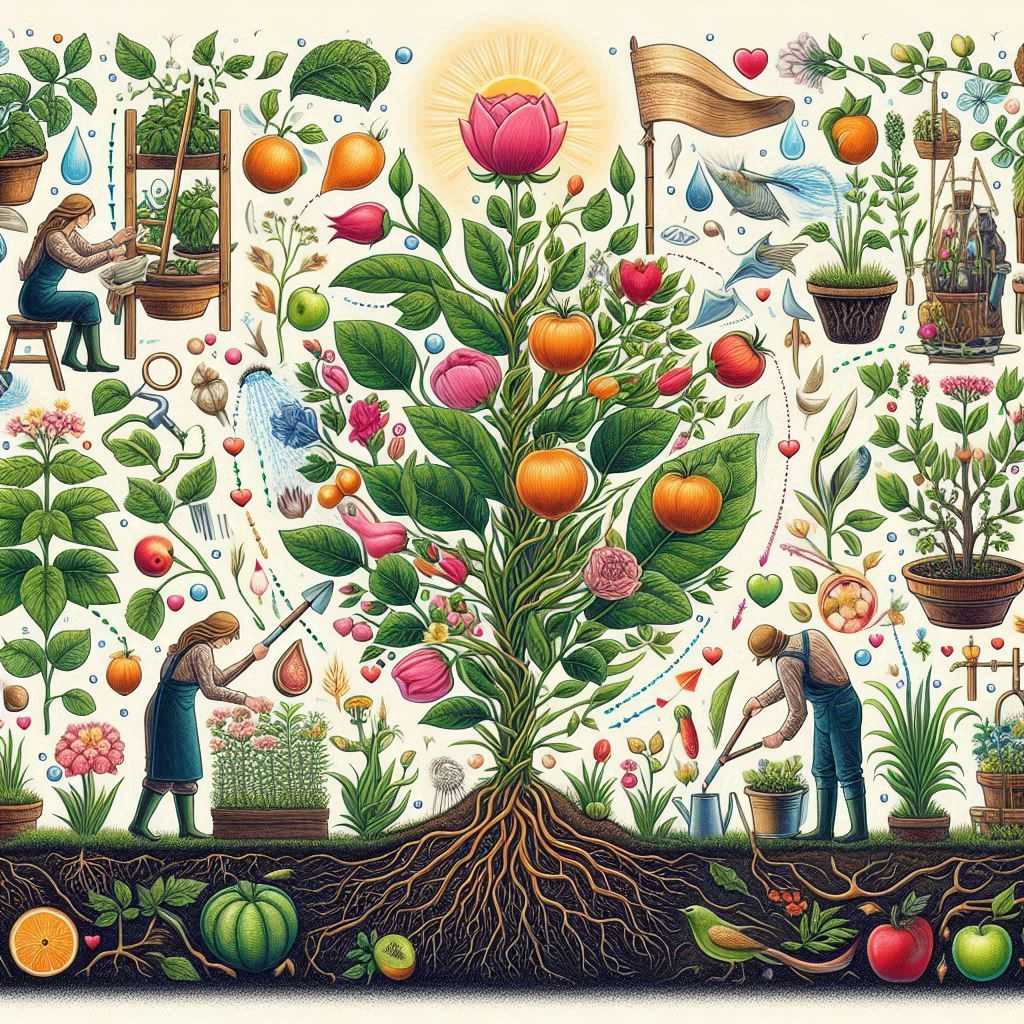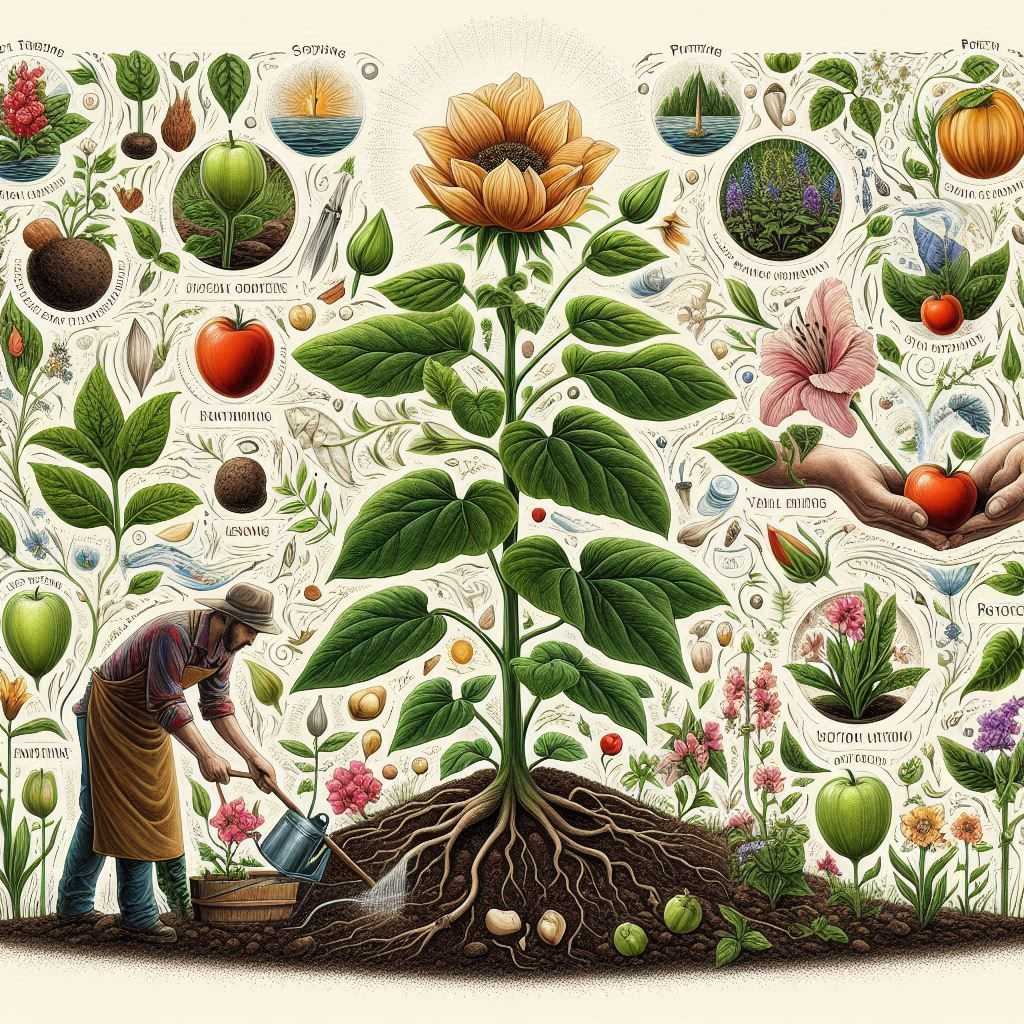Advertisement
Among the many joys of gardening is creating new plants. Cloning is one way this can be done, simply by using stem cuttings, where the new plant will have the same genes as its parent plant.
Another method is to gather the seeds and then allow them to sprout; however, these may not resemble their parents after all, especially in terms of hybrid plants. This is why stem cuttings remain the best way to propagate hybridized crops.
Although it is often used for indoor plants, this method can work on various types of garden flowers. The winter can be harnessed to root such tender garden plants as impatiens or coleus, which are grown for home use in cold areas.
This is done by taking cuttings late into autumn, rooting them during the period, and then planting them outdoors in spring. Additionally, though more challenging, many woody plants can also be propagated through stem cuttings and rooting.
When to Take Stem Cuttings?
Stem cuttings can be taken and rooted at almost any time. However, it works better when not in full bloom. To propagate outdoor garden plants over winter, it is best to take cuttings after the bloom period ends in the fall.
Alternatively, remove any flowers or flower buds from the stem being cut. Stem cutting with flowers or buds directs too much energy towards flower production, thus hindering proper root development.
But for shrubs and other woody plants, new growth is generally more successful than old wood when used as stem cuttings.
The best time to take cuttings of woody plants is generally between April and June. Equally important, when trying to root cuttings from woody plants, hormone roots should be used so that plant propagation may succeed.

What to Do Before Getting Started
Prior to the propagation process, it is important to note that different plant species require specific kinds of potting mixtures for the root growth of their cuttings.
While many plants thrive in commercially available potting mixes based on peat moss, others may prefer more aerated ones like vermiculite, sand, seed-starter mix, cactus/succulent mix, or a combination.
It is important to avoid using regular garden soil as it might contain pathogens, which can hinder successful propagation. In its place, go for sterile, “soil-less” growing media into which you will insert your cuttings.
To choose the best growing medium for the plant species you want to propagate, do some research. Expert opinions are available and can guide you on how best to breed specific plants.
Equipment/Tools:
●A sharp knife, scissors, or pruner
●Small trowel
●Pencil or sharp stick
Materials
●Soilless potting mix
●Planting tray or small pots
●Rooting hormone (optional)
Instructions Explained
Advertisement
1.Cuttings from a Healthy Plant
To make plants grow by stem cuttings, you should first select a healthy plant and cut off a 3-6’ piece from its stalk at an angle of 45 degrees with a sharp knife or pruner.
Thereby, the increasing surface area facilitates root growth. Pick the cuttings from the newest growth in such a way that everyone has at least two to three pairs of leaves along with apical buds.
Which will be buried into the substrate as roots will come out below these nodes and just above the cut part.
For instance, some cuttings may fail to form roots; therefore, it is recommended to take at least three for herbaceous ones and six or more for woody ones so as to increase the chances of success in propagation.

2.Cut off the leaves and apply hormone roots.
Beginning from the base node on the cutting’s stem, remove each leaf, but ensure that not less than three or four leaves remain throughout. Consequently, most leaves can be broken away easily.
Moreover, powdered hormones can also be used on either end of a clipped cutting as well as where leaves were taken out if desired.
A rooting hormone is not always obligatory for many plants, though it makes this process faster, especially when dealing with particular species that are hard to propagate.
First, dip the moistened lower stem into powder before rolling it over powdered hormone, while for gel hormone, simply immerse the tip in gel.
3.Plant the Cuttings
Have a planting tray or small pots with soilless mixture, like vermiculite or seed starter mix. Pierce the medium with pencil. Put each cutting in the potting mix and fill it to be tight around the stem.
4.Tend the Cuttings
Plant your cuttings where they will get dappled sunlight and shade in a balanced 50/50 proportion because most plants do not root well in full sun.
Usually, cuttings thrive better under warm and humid environment conditions. To aid in root development ensure that the growing media is evenly moist but not water soaked throughout
Evaluate them for any possible sprouting of new leaves within every fortnight while ensuring that you examine their roots as well.
In order to save energy from being wasted on flowers rather than channels growth into roots, remove all flower buds or blooms from this crucial process plant’s which may yield some leaves instead.

5.Transfer the Cuttings
Growing leaves on stem usually show that strong roots are developing. For confirmation, pull the cutting gently; resistance indicates that roots have grown well. Then transfer the cutting to a different pot filled with new potting soil at this stage.
Employ a small spade or trowel to cautiously scoop out the rooted cutting and place it in its new pot. Remove any black or browning leaves during the rooting process. Such will never survive hence discard them if they become soft or exhibit signs of rot/fungal diseases.
Conclusion
When moving out new plants propagated from rooted cuttings, it is important to harden them off slowly by gradually acclimating them to outdoor conditions.
Just start putting these plants outside for about one hour up to 2 hours per day during the warmer afternoon times within first days.
Then increase this time over a week’s time up to two weeks, but ensure they are taken inside when nights grow cooler. This kind of gradual exposure helps plants get adapted to their surroundings outdoors.
Once night temperatures stay above 50 degrees consistently, this means it is safe now for you to plant your new garden starts out in your garden beds.
Advertisement





